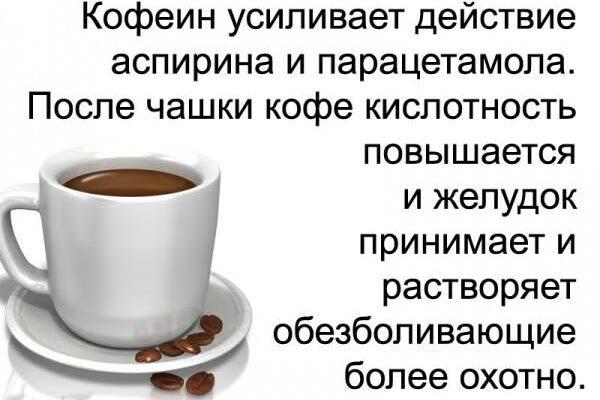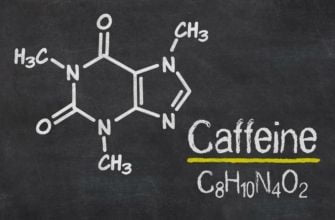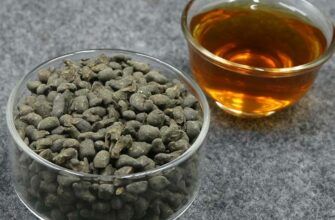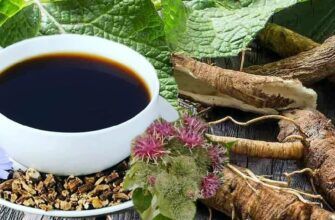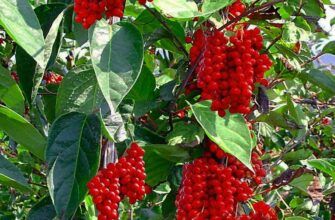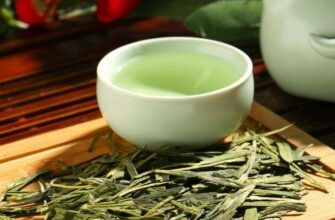"Coffee should be black as hell, strong as death, sweet as love" - Turkish proverb.52% Americans drink coffee regularly. I think that in Russia, the proportion is not much less than 1 acre (~ 40 acres) of coffee trees can produce up to 5 tons of coffee beans, which after processing will turn into a ton of ground coffee. According to a study conducted by the University of California, the steam that rises from hot coffee , contains some antioxidants in an amount similar to 3 oranges.
It is believed that King Louis XIV of France was the first to add sugar to coffee in 1715. (smart!) In 1657, coffee was advertised in Britain as a cure for scurvy and gout. Coffee companies make large quantities of decaffeinated coffee. They sell the caffeine extracted from the powder to pharmaceutical companies.
Cooked coffee during the cooling process releases more than 700 chemicals that make up its aroma. The Arabica coffee tree can produce up to 6 kg of coffee per year, depending on humidity and air temperature. Beethoven was so meticulous in his choice of coffee that each time he counted exactly 60 coffee beans when brewing his coffee. Before roasting some coffees, their green beans are stored for several years.
Experts believe that their taste is improving. The first cafe in France was opened at the beginning of the 17th century, but before that coffee was sold on the streets by Arab merchants in a kind of "automatic machines" Brazil produces a third of the world's coffee - more than one and a half million tons of coffee per year .Since 1850, the manual coffee grinder has become an indispensable attribute in the US kitchen for the middle class.
Caffeine is banned by the International Olympic Committee. If an athlete has more than 12 micrograms of caffeine in his blood, he is disqualified. To reach this level, it is enough to drink 5 cups of coffee. Lemon has been added to coffee for several hundred years (earlier than sugar). (Personally, I can’t drink this) Coffee as a medicine reached its highest peak in England in the 16th century. At that time, a mixture of coffee, oil and honey was prescribed as a warming agent for many diseases. Later, tea began to be used in this role.
Coffee beans, like grapes, are very sensitive to temperature, humidity, pressure, and the timing of their picking. Coffee is roasted at a temperature of 200-220 degrees Celsius. The longer the roasting process, the darker the coffee will be. The duration of roasting is on average 10-20 minutes. Coffee is classified according to three criteria - the quality of the beans (variety, altitude), the quality of preparation and the size of the grain. Coffee is grown in 45 countries around the world. Coffee is the most popular drink in the world. 400 billion cups of it are drunk annually. One of the factors that contributes to the popularity of coffee is that it tastes good with almost everything.
Coffee recipe from an 1844 book: “A tablespoon of powder in half a liter of boiling water, boil for 20-25 minutes. Leave to infuse for 4-5 minutes. Add fish skins, a piece of fish oil, or half an egg.” Coffee sells 75% of caffeine in the US. Coffee bags are usually made from hemp, and weigh about 70kg when fully loaded. It takes 600,000 beans to fill such a sack. Coffee trees are evergreen and grow up to 5 meters tall, but are usually cut back to 2.5 meters for easier harvesting. Coffee trees self-pollinate.
Coffee tree flowers are very short lived, have a jasmine-orange scent, and produce coffee beans the size of cranberries. It takes 4-5 years for a tree to produce a sufficient harvest. Coffee became known for the first time in Europe as "Arabian wine". Coffee, along with beer and nut butter, was among the ten most recognizable flavors in the world. Coffee is the most popular product in the world, after oil.
Coffee beans after roasting are treated with special aromatic substances (oils) and cooled. This opens the pores in the beans and absorbs more flavor. Black coffee beans usually contain LESS caffeine than their light counterparts. The longer coffee is roasted, the less caffeine it contains. During the American Civil War, soldiers received 4 kg of roasted coffee as part of a 50 kg ration. Soldiers could also choose green unroasted coffee.
Well-roasted and ground coffee beans dissolved in boiling water are still called "Turkish coffee". This recipe has not changed since ancient times and is currently used in Turkey and Greece. The so-called Hard Bean coffee variety (difficult grains) is grown at an altitude of more than one and a half thousand meters above sea level. In the USA, coffee is grown only in Hawaii and is harvested between November and April.
Vacuum-packed coffee was first introduced in 1900 by the Hill brothers. Iced coffee has been popular in Japan since 1945. If you like espresso, it's better to use granulated sugar, which dissolves faster than lumps. It is better to use white sugar than dark. And of course, it is better to use SUGAR, and not sweeteners, which change the taste of coffee for the worse. The first license to sell coffee was issued by Dorothy Jones of Boston in 1670.
In 1727, coffee seedlings were smuggled from Paris to Brazil. Now Brazil is the largest producer of coffee. In Italy, espresso is considered such an important drink that its price is regulated at the government level. In Japan, coffee shops are called Kissaten.
On the island of Sumatra, the most valuable varieties of coffee are harvested, following the habits of the animal - Luwak, which selects the best coffee beans and eats them. From the excrement left by these animals, grains are selected from which Kopi Luwak coffee is made at a price of more than 300$ per kilogram. Arabs began growing coffee trees as early as the 14th century. In the 16th century, a Turkish woman could file for divorce if her husband could not keep the family cup of coffee filled (local tradition). In 1763, there were over 200 coffee shops in Venice. In 1790, the United States the first coffee company was opened and the first advertisement was placed in the newspaper advertising this drink. Irish cream and Hazelnut (Irish cream, Hazelnut) are the most popular coffee flavors. Italians do not drink espresso with meals. To do this, they have a special time that is not related to eating. There are more than 200,000 coffee shops in Italy. Jamaica Blue Mountain is considered one of the best coffee brands in the world. Large doses of coffee are lethal.
If you manage to drink 100 cups in 4 hours, you will most likely die. Lloyd's Insurance Company in London began as a coffee shop. Milk has been added to coffee since 1680, when a French doctor advised this combination for medicinal purposes. October 1 is the official Coffee Day in Japan. Tokyo alone has more than 10 thousand coffee shops plus thousands more than 5 million people are employed in the coffee industry in Brazil. Over-roasted coffee beans burn very well. Raw coffee beans soaked in water are a delicacy in many parts of Africa. Some studies have shown that coffee helps relieve asthma symptoms.
Scandinavia has the highest level of coffee consumption per capita - almost 14 kg of coffee per year. The average Italian consumes "only" 5 kg. Special studies have shown that only the first 2-4 cups of coffee have a stimulating effect on a person. Subsequent "doses" are simply quickly eliminated from the body. About 8,000 Arabica beans are required to make a kilogram of coffee. All these grains are harvested by hand.
Arabica is the name of a wild forest in Ethiopia where the coffee variety of the same name grows. This plantation is still growing, the height of the trees is on average 5-7 meters. The aroma and taste of coffee are given by the so-called coffee oils, which, despite the name, have the ability to dissolve in water. The coffee filter was invented in 1908 in Germany, when Melitta Benz covered a cup of coffee with blotting paper to filter out the sediment.
The first commercial espresso machine was made in Italy in 1906. The French philosopher Voltaire drank up to 50 cups of coffee a day. The most popular legend about the origin of coffee says that in the 8th century AD, a shepherd from Ethiopia discovered strange grains, after eating which sheep, they behaved more cheerfully and stayed awake longer. Naturally, after they were tried by people, the name Cappuccino comes from the order of the Capuchins in the 16th century.
A medium chocolate bar has 30 mg of caffeine, a cup has 100-150 mg.
Read more: